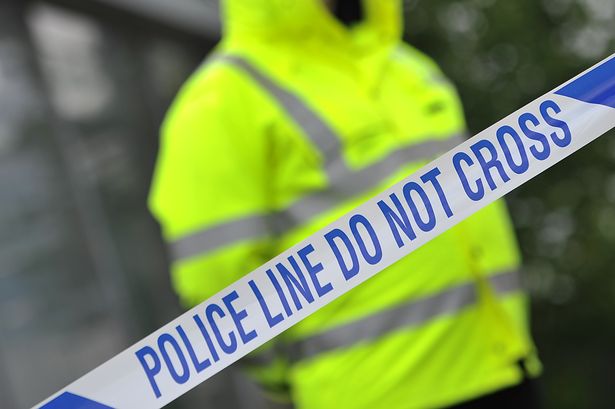More than a dozen Surrey crimes are included in a new map revealing 1,000 unsolved murders, highlighting the cold cases where killers continue to evade justice despite advances in forensic science and technology.
Every case has been the subject of a major police investigation with some of them dating back to the pre-war era and others in the last decade.
Cases include many seemingly random attacks, usually on women, carried out by strangers, as well as violent robberies, gangland killings, and contract murders.
Our exclusive list was sourced from Freedom of Information (FOI) requests to every police force in the country and supported with research through a wide variety of local newspaper archives. That includes 14 unsolved murders that took place in Surrey.
The oldest Surrey case in the timeline is from 1959. Pensioner Florence Gooding was found in bed at her home in Oxted. She had been badly beaten and died the next day. A pathologist report later found that she had died as a result of a fractured skull. It was thought that either the 75-year-old had disturbed an intruder or the intruder disturbed her, striking her with a blunt object.
The investigation got off to a bad start when a group of trainee officers were brought in to search the house. During a break, one of them took a drink from a bottle from an area that had not yet been fingerprinted. It took some time before the police realised the fingerprints they found on the bottle belonged to an officer and not the suspect. Forty years later, some detectives recalled in an interview that the main suspect had died before he could be interviewed.
Another cold case in the files is the murder of Lewis Raggett, aged 57, at Ash in 1989. He was beaten to death by two motorbike riders armed with baseball bats in what may have been a contract killing.
You can see the map below.
A common thread among many of the unsolved cases is that they appear to have been carried out by a stranger or someone with no obvious connection to the victim or a clear motive.
Criminologist Dr David Wilson - who has investigated many cold cases - said: “Nine in 10 murders are solved by police because usually the victim and the perpetrator know one other.
“Husbands kill wives, parents kill their children, friends kill each other. There is the phenomenon of young men killing other young men, but usually, they know each other. There’s usually a relationship between the murderer and victim.
“Unsolved cases tend to be when there is no prior relationship between the murderer and victim, or the police have no physical evidence to connect the main suspect.
“Victims of unsolved murders are usually people who don’t have well-established roots in the community, so no one will know when they have gone missing, no one will think it’s suspicious.”
We submitted Freedom of Information requests to every police force and most responded with official lists of cold cases dating back to the 1960s, with some providing information of older cases. Some police forces declined to supply the information and in these areas the unsolved murders have been added through additional research.






















